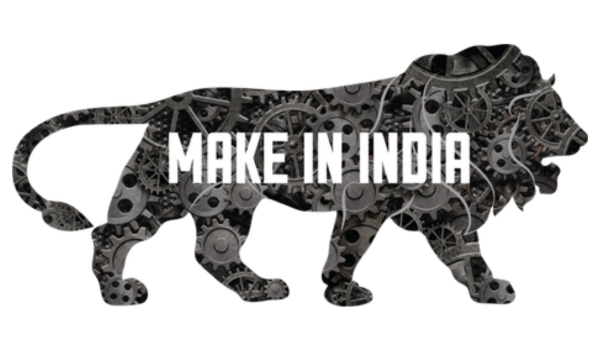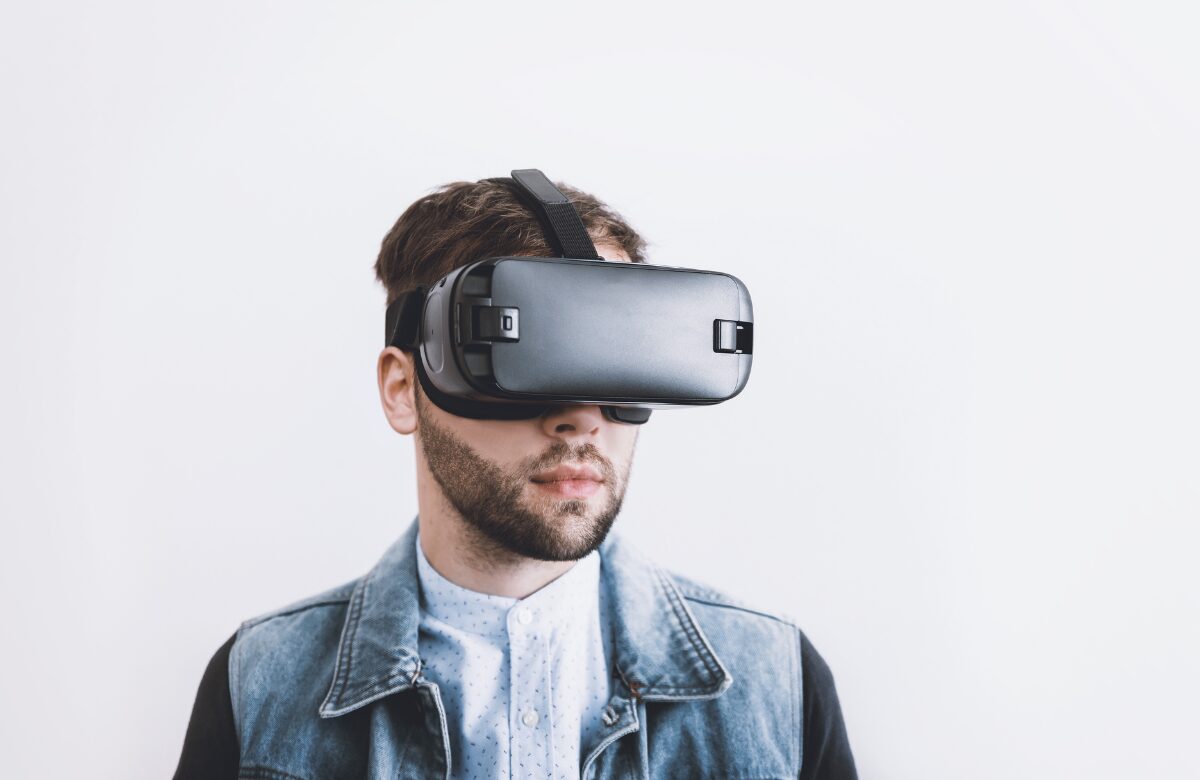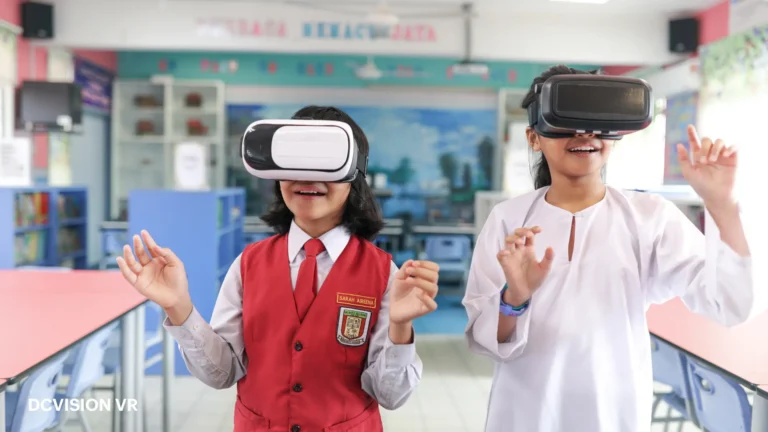

A Comprehensive Look at VR Safety Training Companies
In recent years, technological advancements have revolutionized how industries approach safety training. One of the most groundbreaking innovations is the integration of Virtual Reality (VR) into safety training programs.
VR technology has introduced immersive, realistic, and practical training scenarios that allow individuals to learn and practice safety protocols in a controlled, risk-free environment. Several companies have emerged as pioneers in VR safety training, revolutionizing how businesses ensure workplace safety.
Understanding VR Safety Training
VR safety training involves creating simulated environments where employees can learn, practice, and experience potential workplace hazards without exposure to real dangers.
These simulations replicate real-life scenarios, enabling trainees to effectively develop the necessary skills and instincts to handle emergencies or hazardous situations.
VR safety training has found applications across diverse industries, from manufacturing plants and construction sites to healthcare facilities and corporate offices.
- Virtual Reality For Real Estate – More sales & Leads
- VR impact in Real Estate- Virtual Property Tours
Leading Companies in VR Safety Training
STRIVR
STRIVR is a prominent name in VR training, focusing on immersive experiences tailored for specific industries like manufacturing, healthcare, and retail. Their approach integrates VR with data analytics to track trainee performance, allowing companies to assess the effectiveness of their safety protocols.
Mursion
While not exclusively dedicated to safety training, Mursion utilizes VR for soft skills development, including crucial aspects of safety protocols like communication, teamwork, and decision-making. Their simulations replicate challenging workplace scenarios to enhance employees’ behavioral responses in safety-critical situations.
PIXO VR
PIXO VR specializes in creating interactive and customizable VR safety training modules. Their focus lies in designing simulations that replicate high-risk scenarios accurately. Their solutions cater to a wide range of industries, prioritizing realism and effectiveness in training.
SafetySoft
SafetySoft emphasizes comprehensive safety training solutions using VR technology. Their modules cover various safety protocols, compliance requirements, and emergency response scenarios, offering a holistic approach to workplace safety.
Benefits of VR Safety Training
- Risk-Free Environment: VR simulations provide a safe space for trainees to learn without exposure to hazards, reducing the risk of accidents during training.
- Immersive Learning: The immersive nature of VR enhances engagement and retention, allowing trainees to understand better and remember safety procedures.
- Adaptability and Customization: VR training modules can be customized to replicate specific workplace scenarios, making the training more relevant and effective.
- Cost-Efficiency: While the initial investment in VR technology might be substantial, it often proves cost-effective in the long run by reducing accidents and improving overall safety compliance.
Challenges and Future Outlook
Despite its numerous advantages, VR safety training still faces challenges. Initial setup costs, technological limitations, and the need for specialized content creation can be barriers for some businesses. Additionally, ensuring that VR simulations accurately represent real-world scenarios remains a constant challenge.
However, the future of VR safety training is promising. As technology advances, VR solutions will become more accessible and sophisticated. Companies will likely invest more in creating highly realistic and customizable VR modules, catering to specific industry needs and regulatory requirements.
- Virtual Reality: A Transformative Tool for Mental Wellness
- Harnessing the Power of Virtual Reality: A Path to Happiness and Stress Reduction
Conclusion
Integrating VR technology into safety training has significantly transformed how businesses approach employee safety. Companies like STRIVR, Mursion, PIXO VR, and SafetySoft are at the forefront of this revolution, offering innovative and effective VR solutions.
As the technology matures and becomes more accessible, VR safety training will continue to play a crucial role in ensuring workplace safety, ultimately saving lives and reducing workplace accidents.


